Biology Week – Ants Talk, Media Team Report
Category: Biology, Media Team, News, Science, Students write
10 Oct 2022Did you know that ants can lift almost 5000 times their body weight?
Last week, I attended a very intriguing talk on the life of ants, which delved deeper into their world, and gave me the opportunity to learn about their birth, lifestyle, and how they work together in their colonies to do some of the amazing things that they do.
Similar to bees, ants have a queen in their colony, and there might be a few queens, however the majority are female worker and soldier ants, with workers mostly in charge of looking after the queen (feeding her regurgitated food, keeping her eggs warm) and soldiers in charge of protecting the colony and locating food sources. The queen herself is only in charge of laying eggs and maintaining the population of the colony, and as she needs to lay eggs she is the biggest of the lot so is quite easy to spot!
As you might have noticed, there are almost no male ants (also known as drones due to their wings) and this is because they usually die after mating with the queen, as they have no other purpose… quite interesting family dynamics.
What is really striking is how these ants work together to fulfil what they set out to do, because despite their small size, they can achieve quite a lot. Ants are architects, however, they don’t use cement and concrete to do their building. Though it does take some time, they form living bridges and living boats formed by their own bodies, which involves very impressing teamwork.
It is common to see a line of ants carrying leaves on their backs, and these ants are called leaf-cutter ants. We would assume that these leaves are going to be their meal, and that is their direct food source. Surprisingly, this isn’t ready for consumption yet, because they decide this into an exciting meal choice…. fungi! By releasing spores and fermenting the leaves until they are ready, they create a very nutritious fungus that they eat to survive.
Ants are considered pests so infestations are not very welcomed, and the reason they are so hard to remove is down to only one thing – pheromones. This is the way of communication for these insects, and it involves releasing a chemical into the air, which is detected by their tiny antennae.
A variety of messages can be sent such as love pheromones, alarm pheromones, repellent pheromones, and trail pheromones. Trail pheromones allow ants to follow the leader, where each ant in the queue releases these so the ant behind doesn’t go off path and follows on. However, if something intervenes with this queue, it can cause a death spiral, where the ants cannot leave it due to their instinct to follow the ant in front of them, and they eventually die.
So when ants release these trail pheromones in the air of your home, it leaves a message for other ants to follow and that is why they will just keep coming, and coming, and coming. On other occasions, they might release repellent pheromones to inform other ants that there is a danger here, or perhaps there is no food left. Overall, ants really do have some teams spirit, and despite being tiny, they can achieve so much.
Thank you to Miss Feng for presenting this, as it was interesting, and I learnt so much more about the secret world of ants! This talk was part of Biology Week, which included a few more talks such as these, as well as quizzes, and competitions, and it was a really great addition to the school week.
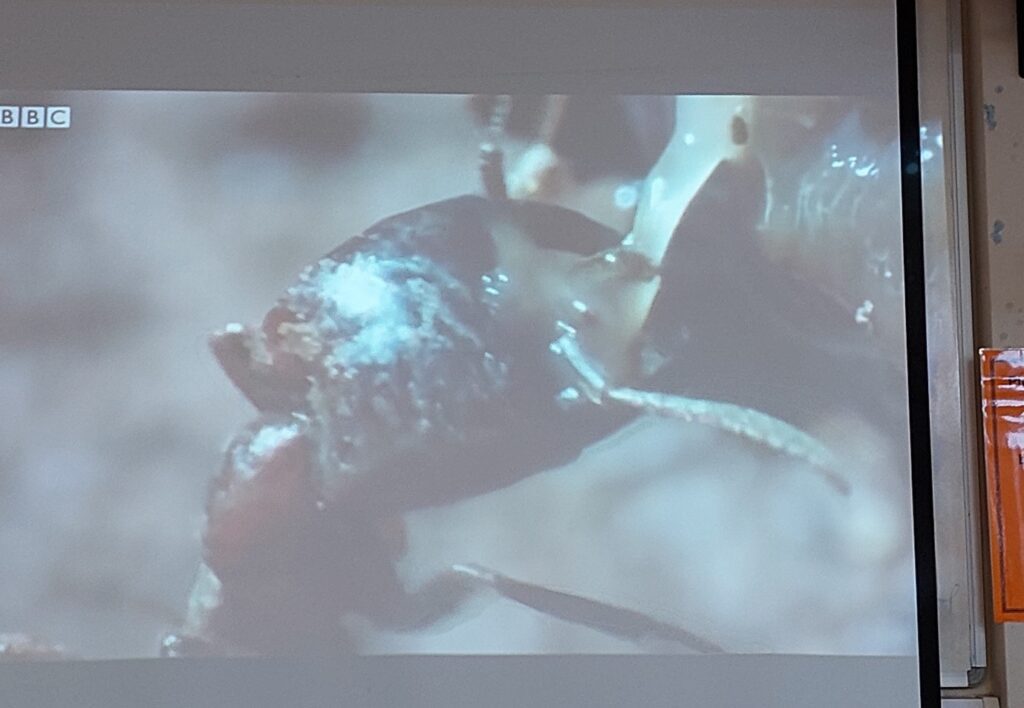
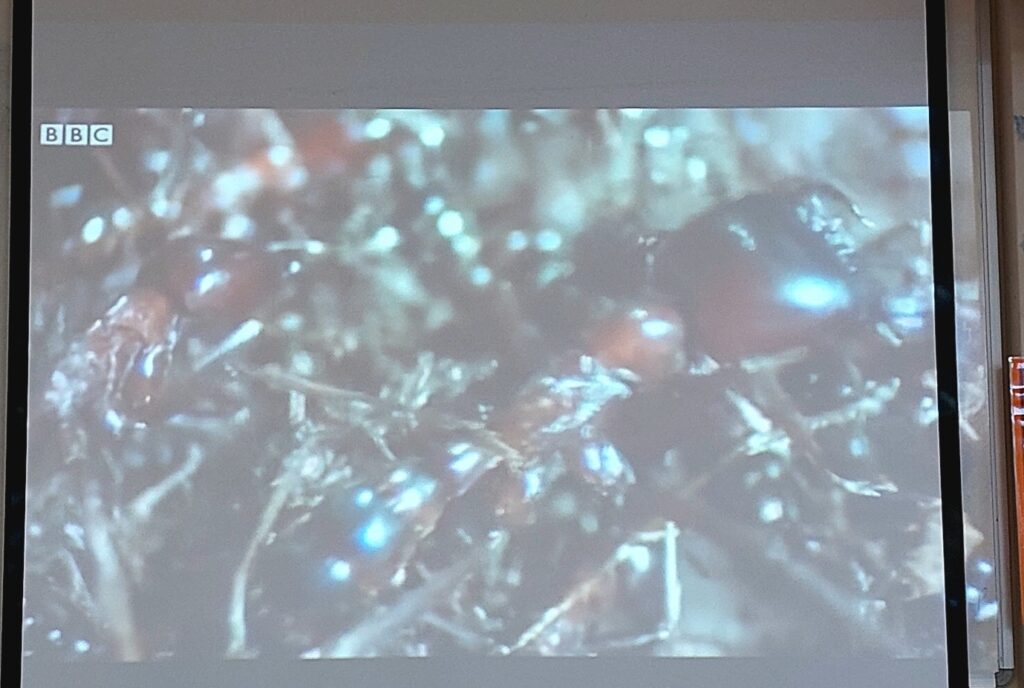
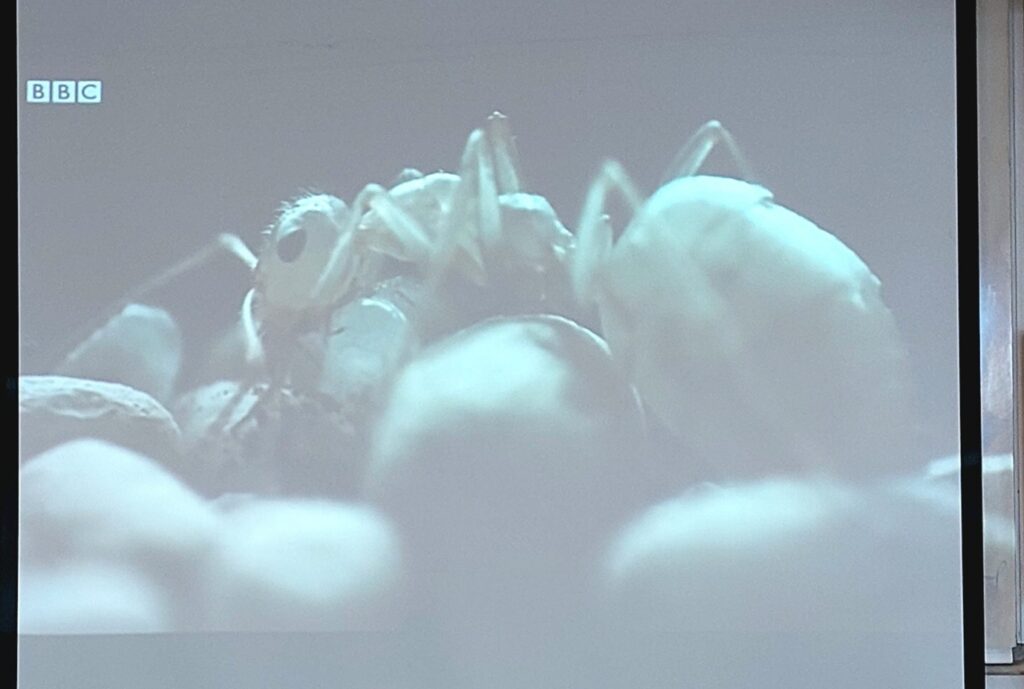

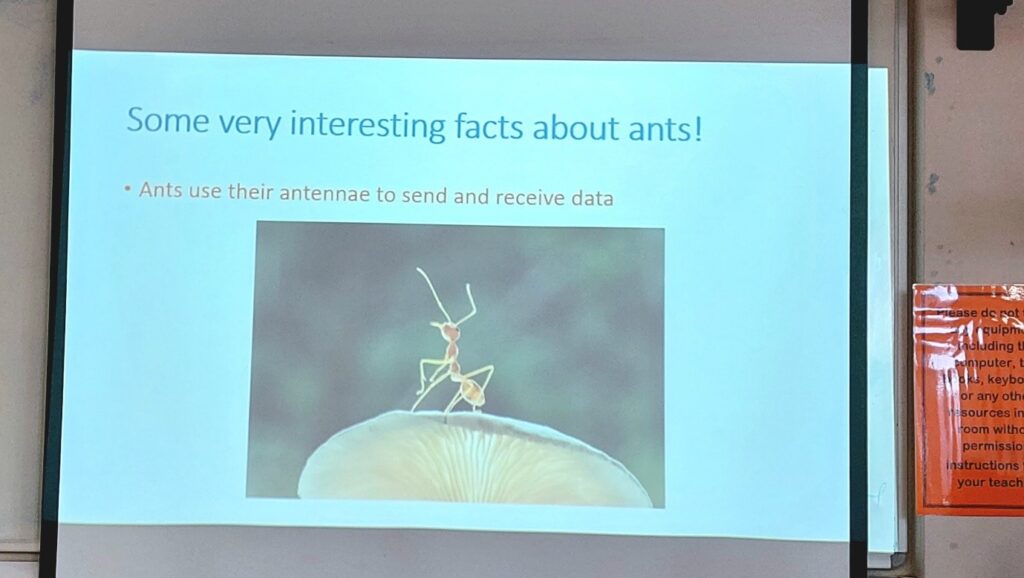
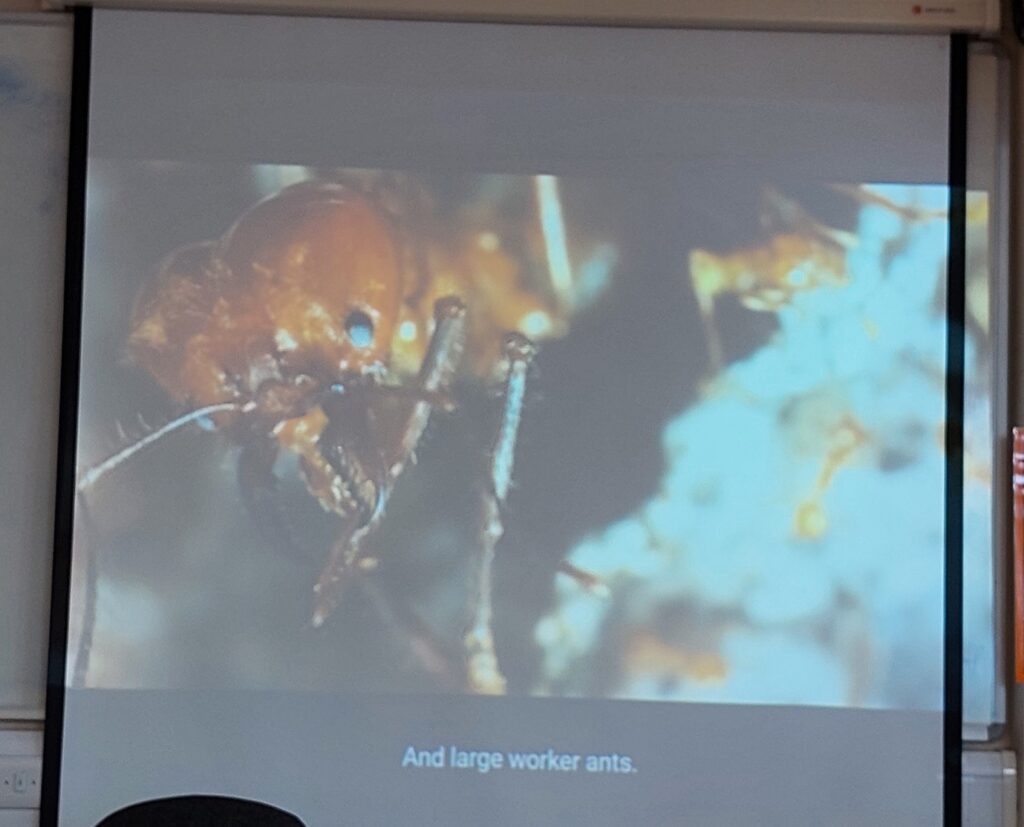

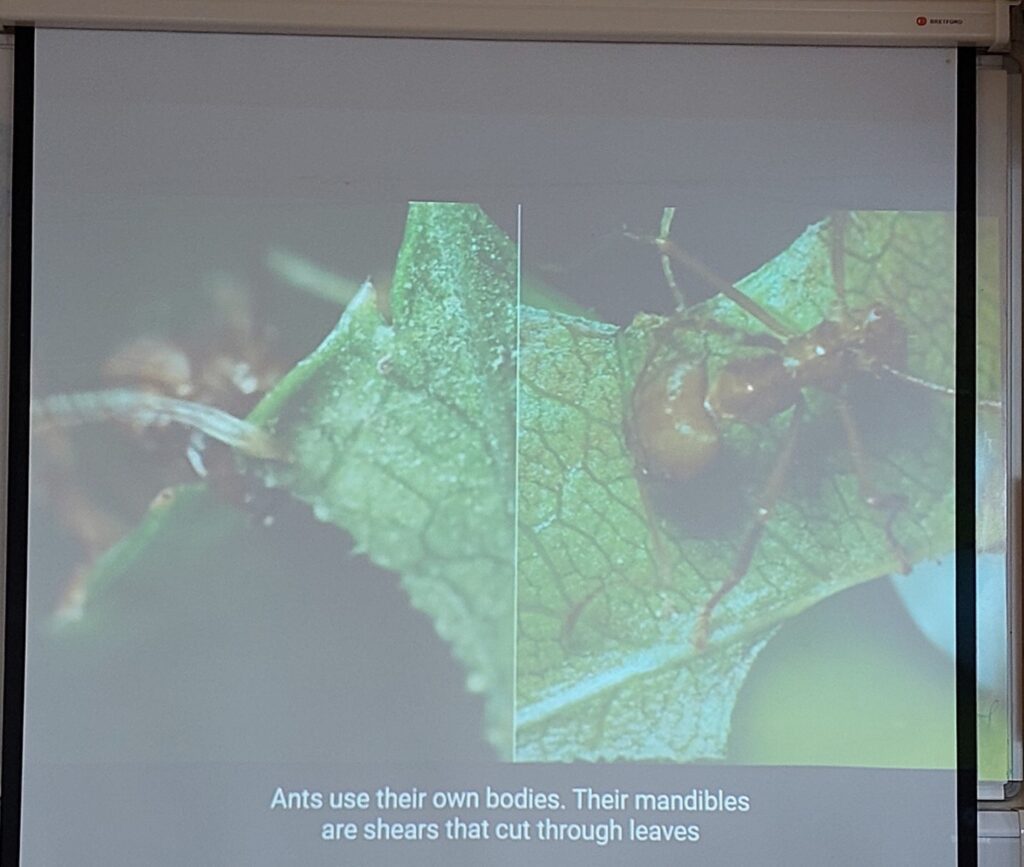
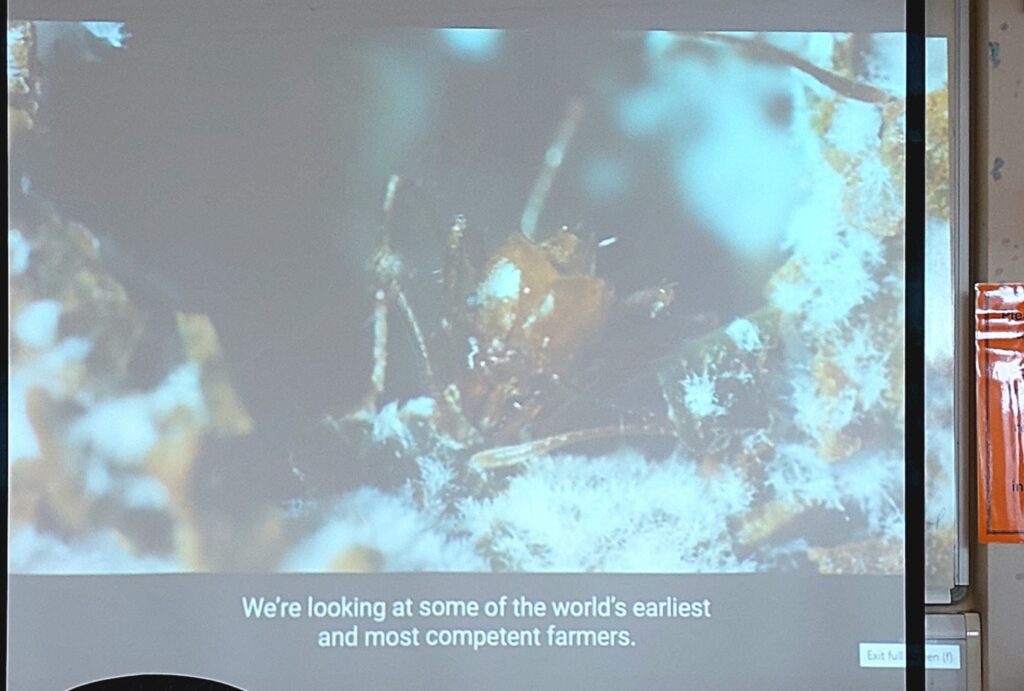
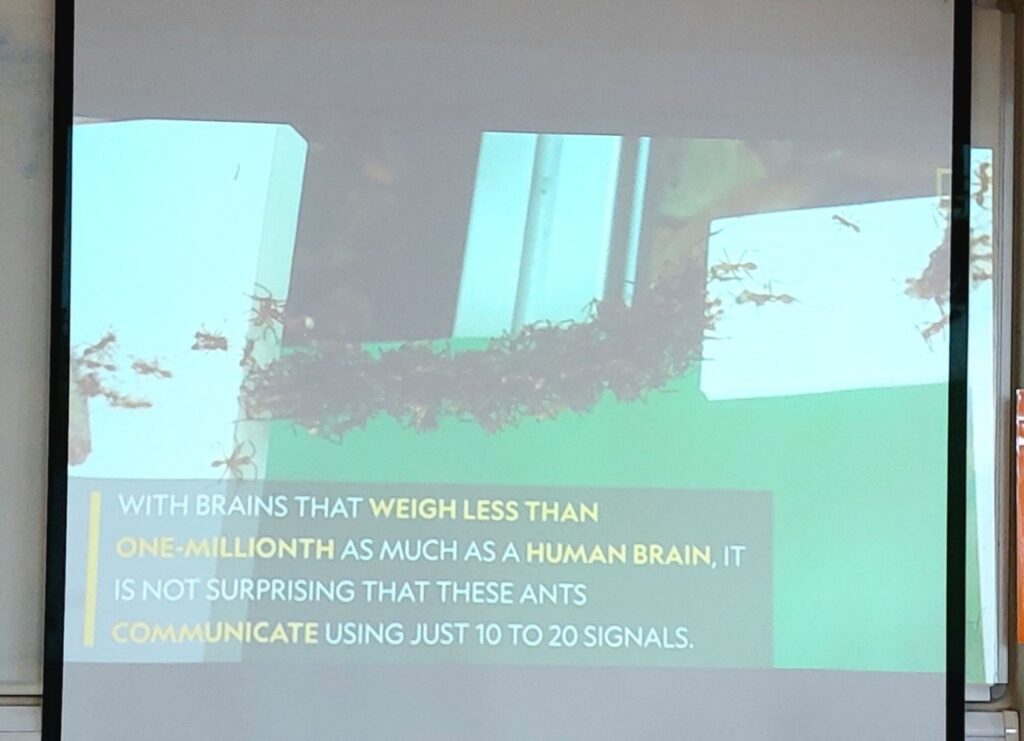

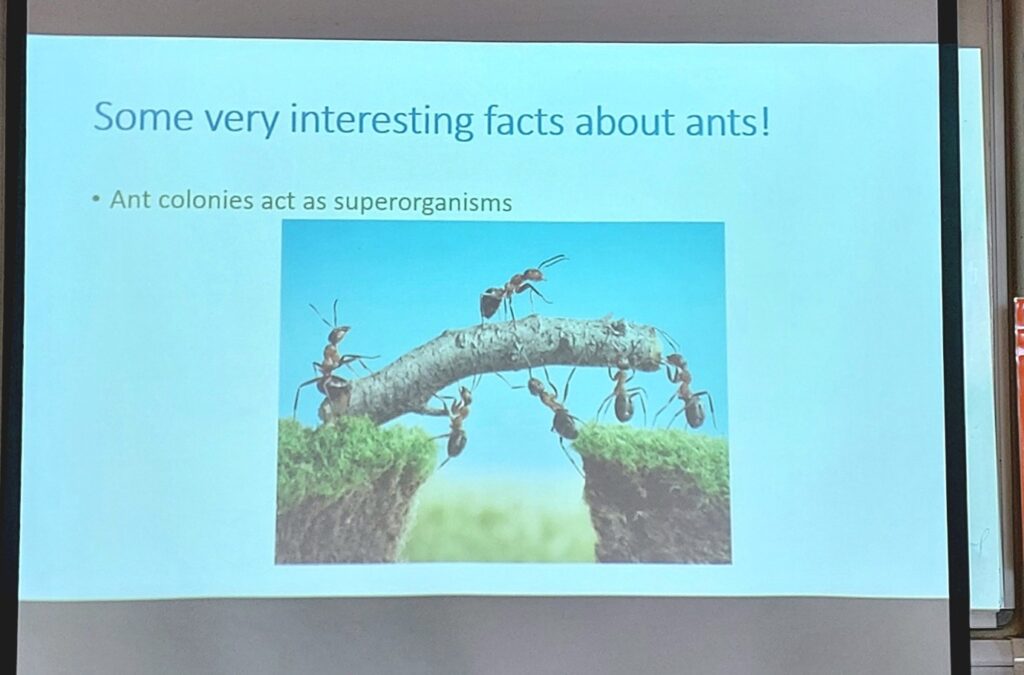


Written by Preet G, Y10
AGGS MEDIA TEAM
Cavendish Road, Bowdon,
Altrincham, Cheshire WA14 2NL
Call us: 0161 912 5912
Link takes you to our Twitter page @AGGSchool





